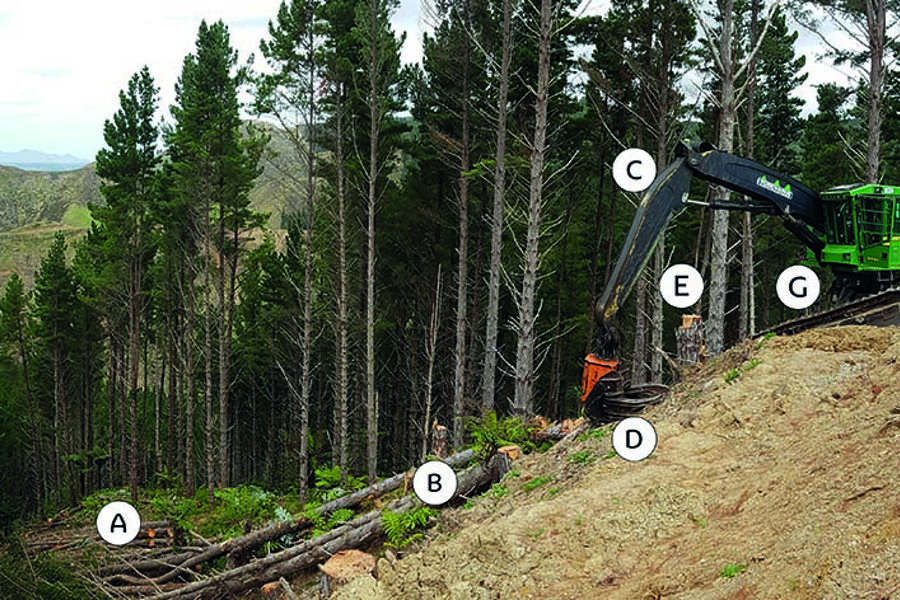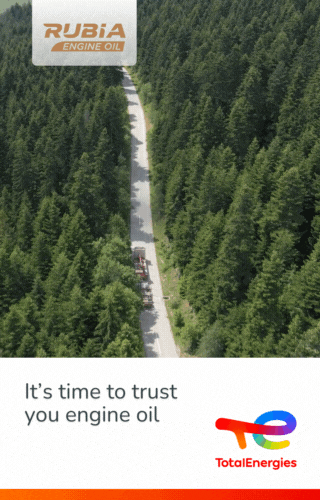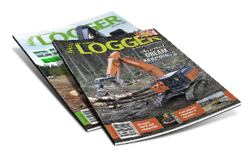
The New Zealand forestry industry has seen a huge shift from manual to mechanised harvesting in the past few years, greatly reducing risks to manual fallers and breakers-out.
However, mechanised harvesting creates its own critical risks, particularly if machines and the people who operate them are working on steep and more difficult terrain.
With winch-assisted technology now widely used around New Zealand, the forestry industry identified the need for a NZ Winch-Assisted Harvesting Best Practice Guide. This guide, published in July 2022, sets a benchmark for winch-assisted harvesting on steep slopes.
Winch-assist is a ground-based harvesting system that uses wire rope(s) attached to a machine to operate in a broader range of conditions, often on steeper slopes. It is often called cable-assist or tethered harvesting.
Winch-assist is specifically designed to extend the operating range of machines on steep slopes. It allows harvesting machinery to operate on steeper slopes where previously no machine could have worked. It can also be used to support cable logging operations through mechanised directional felling for extraction, bunching and shovelling.
A common New Zealand use of winch-assist is steep slope felling or shovelling with a tracked excavator. However, a range of other machines can be successfully winch-assisted including skidders and forwarders.
A big driver for winch-assisted harvesting systems has been to improve felling safety.
Machines protect workers from many of the risks associated with manual felling. WorkSafe’s position on new technology is that companies should adopt it when it better manages risk. The move to winch-assist has been an important safety step to protect workers through new technology.
Companies using winch-assisted harvesting also report that, with correct management, it can benefit productivity, the environment, operational flexibility, and forest owner returns.
However, like any technology it brings its own set of risks. An analysis of data from the Incident Reporting and Information System (IRIS) shows recent winch-assisted incidents are split between three key areas:
Anchor set-up and anchor components: This includes winch components, controllers and site factors, and anchor lead angle incidents.
Rigging-related incidents: This includes ropes, chains, connectors and unintentional factors like binding and redirects.
Assisted machine (most commonly a harvesting machine): This covers harvester stability, trees falling onto the machine, other felling issues and cab and operator specific incidents like slips, trips and falls.
The Guide provides information to help forest owners/managers, contractors and workers manage risks in these, and other, areas.
The Guide was developed with input from forestry companies, contractors, workers, machine makers, academics and other industry experts. It was funded with support from ACC and WorkSafe.
It is free and is available to download on the Safetree website (https://safetree.nz/resources/winch-assisted-harvesting-bpg/) . The Guide will be routinely updated as winch-assisted harvesting technology develops.
Below are some top tips from the Guide on safe winch-assisted harvesting.
Maintaining stability and traction
A loss of traction is the main cause of a loss of stability. Loss of traction can lead to machine rollover.
Factors that reduce traction include:
Terrain – boulders, rock, thin soils and gullies
Wet locations – aspects that get less drying, or poorly drained soils
Steep slopes especially over 35% (20 degrees), and long steeper slopes
Machine...






